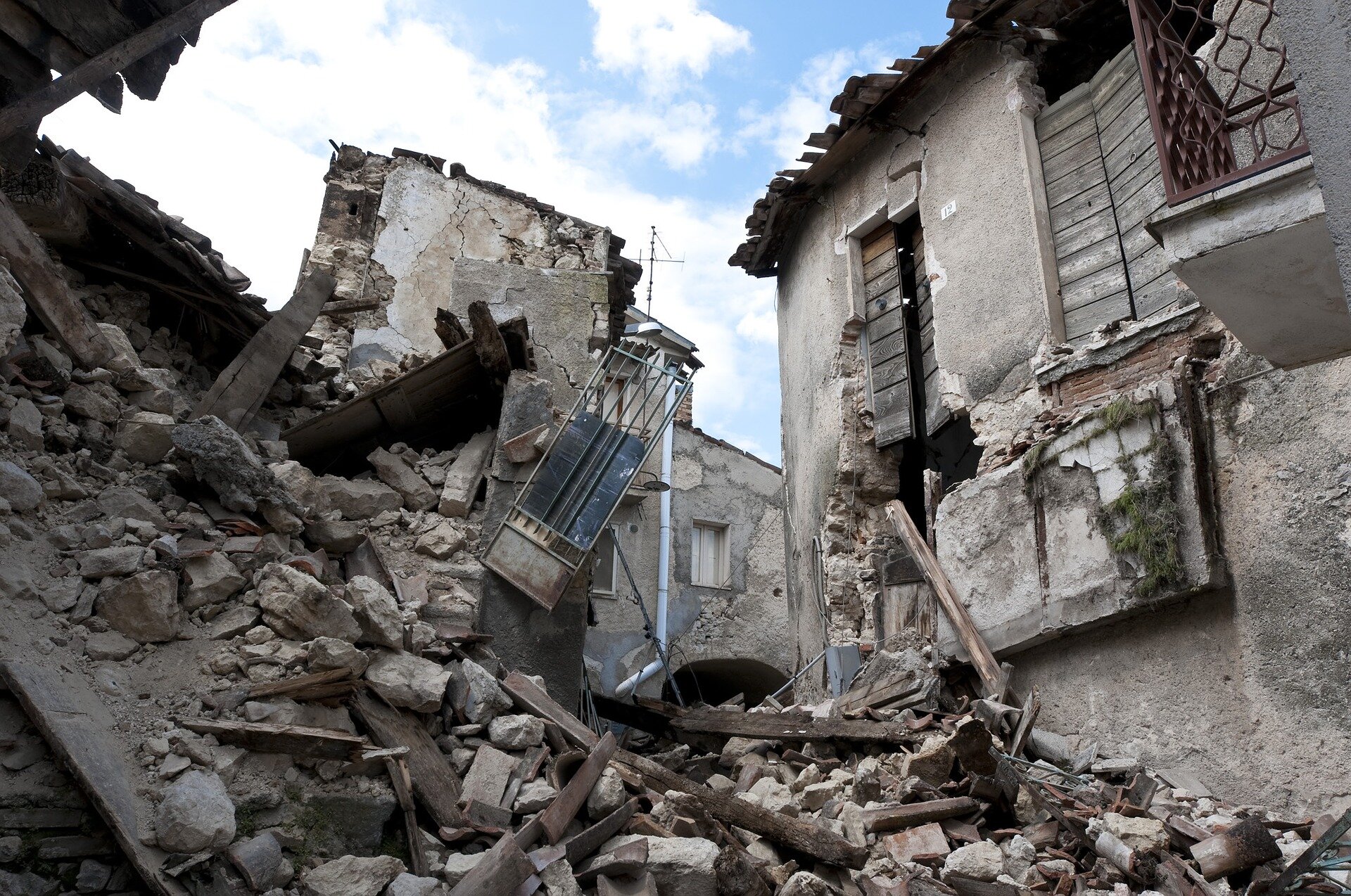- Southwest Airlines raises summer revenue forecast, authorizes $2.5 billion in share buyback
- China's Xi and top leaders call for halting real estate decline, responding to public concerns
- Google venture arm backs startup aiming to bring mixed reality to any car windshield or plane cockpit
- David Tepper says the Fed has to cut rates at least two or three more times to keep credibility
- Swiss central bank cuts rates by a quarter point in third trim this year
What do you believe is the single most important factor driving up the cost of living in Nigeria?

Bubbling up: Uncovering melt pool dynamics in metal manufacturing
Manually shaking or vibrating molten metal using ultrasonic waves helps reduce air bubbles, cracks and grain sizes in a finished metal part. Metal 3D printing researchers hypothesized that vibrations were the key to increasing quality, but until now, the mechanisms were not well understood.
Using high-energy X-ray imaging, a team of researchers led by Christopher Kube, associate professor of engineering science and of acoustics in the Penn State College of Engineering, captured footage of a cross-section of liquid metal as it cooled.
Their results confirmed longstanding hypotheses in the field that through local pressure changes, ultrasonic vibrations encourage air bubbles to increase in number, enlarge, migrate to the surface of a melt pool and pop.
Sonication, or vibration by ultrasound, also increases the speed that metal cools, which helps suppress additional bubbles from forming. The team published their findings in Communications Materials.
"Metal additive manufacturing has inherent constraints on part quality due to the process," Kube said. "Our work aims to alleviate these constraints by utilizing external forces like ultrasound to afford better control of the process, leading to higher quality and better performing parts."

- September 26, 2024
Milking might spread bird flu between cows


- September 26, 2024
Ecobank supports women in mining initiative

- September 26, 2024
NASA analysis shows irreversible sea level rise for Pacific islands

- September 26, 2024
An edible toothpaste-based transistor

- September 26, 2024
A method of 'look twice, forgive once' can sustain social cooperation


- September 26, 2024
Why the gender gap in physics has been stable for more than a century



- September 26, 2024
New report recommends specialist support to mothers in prison

- September 26, 2024
Biologists sequence proteins by pulling them through nanopores
Subscribe to our mailing list to get the new updates!

Subscribe our newsletter to stay updated
Thank you for subscribing!


